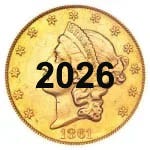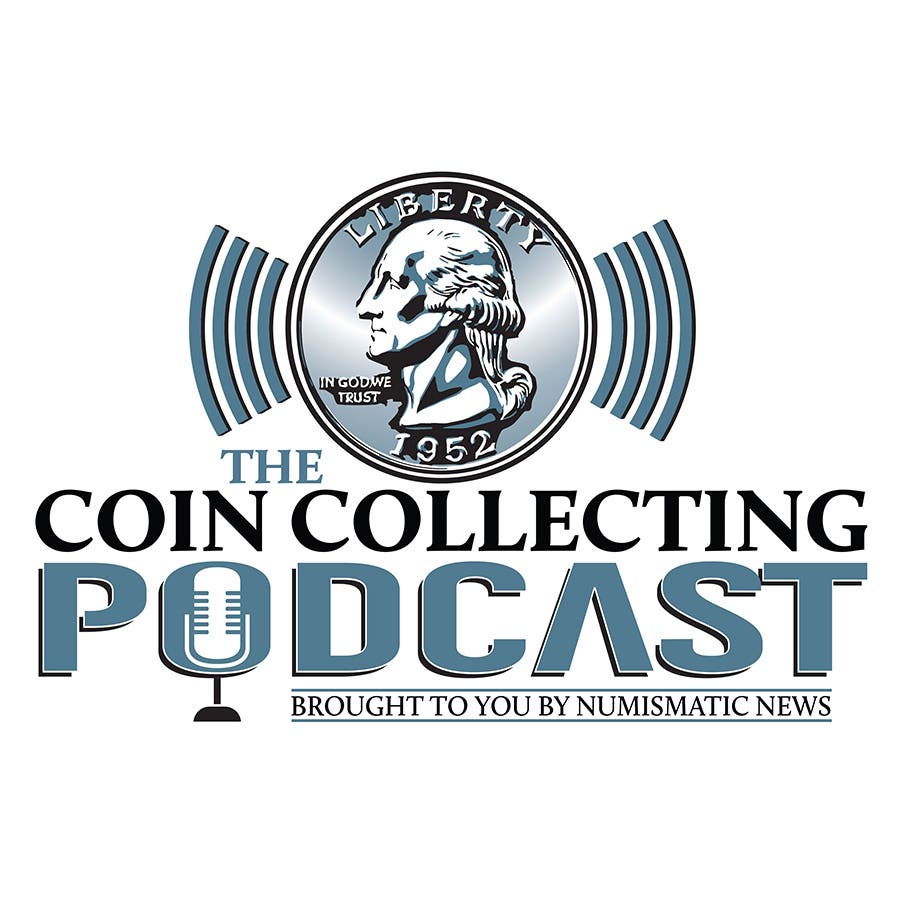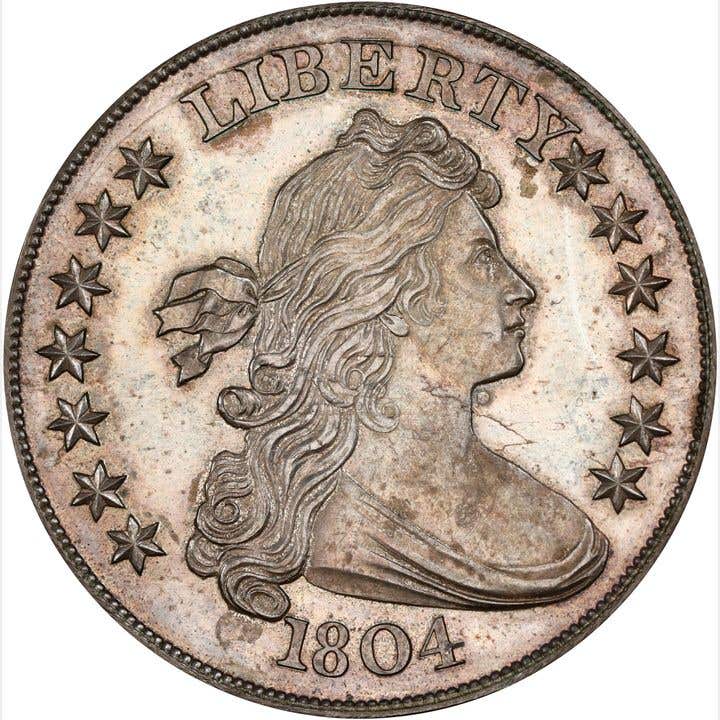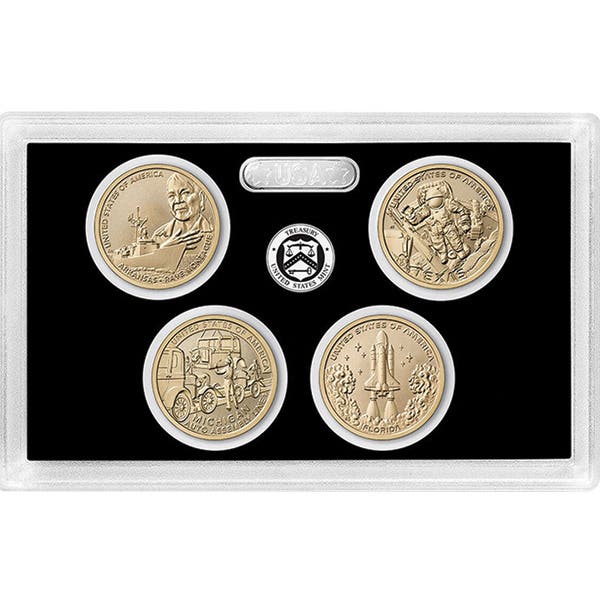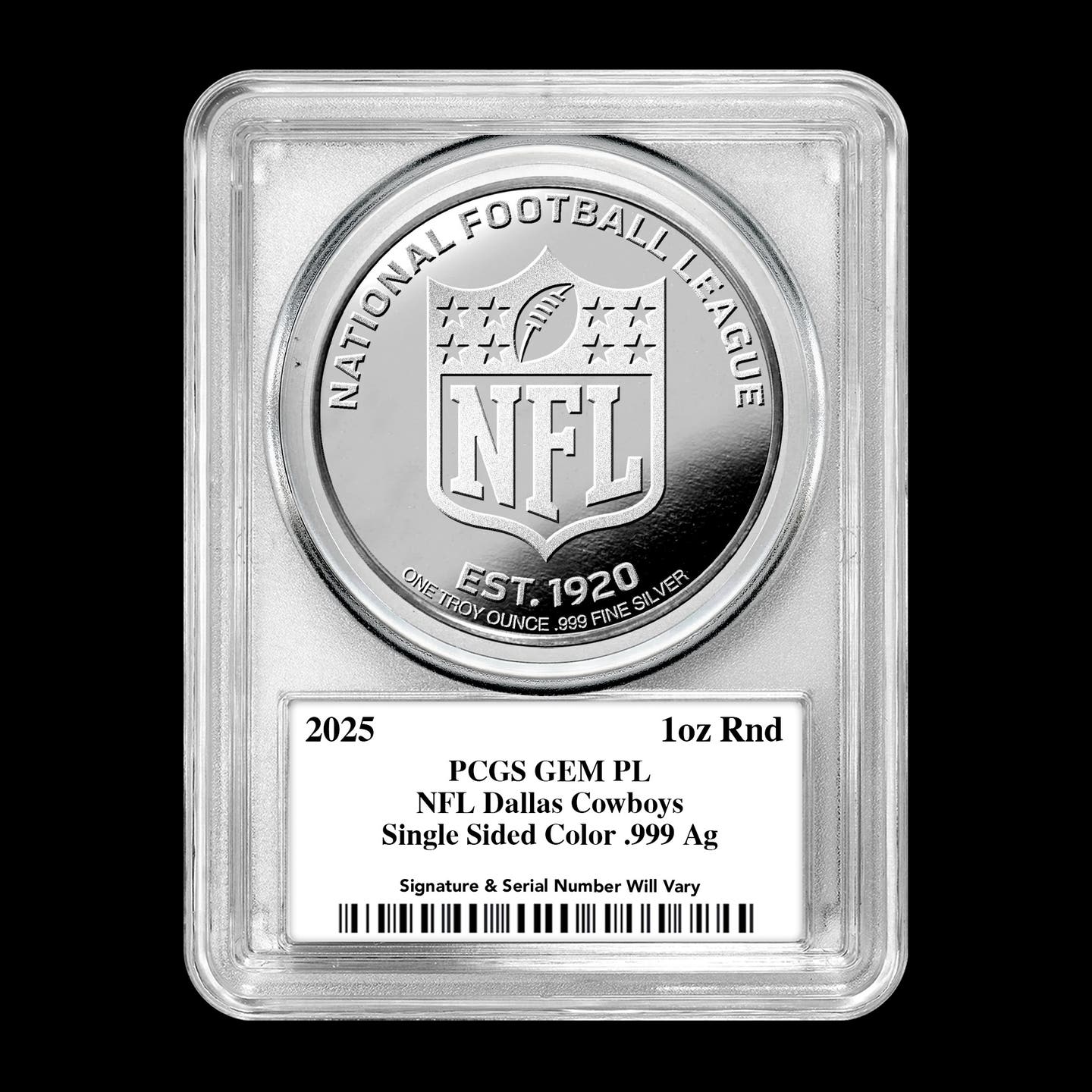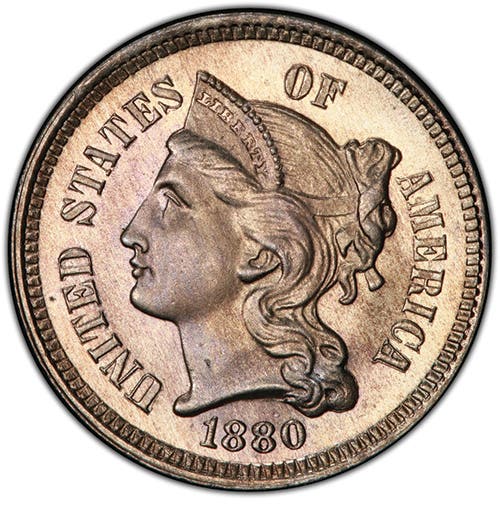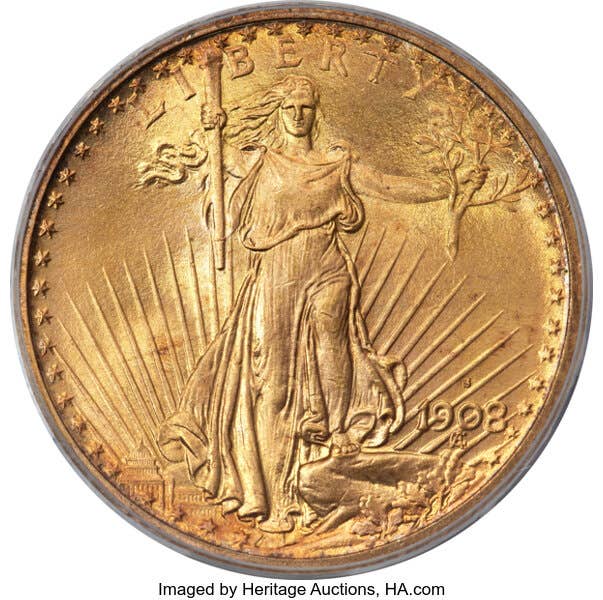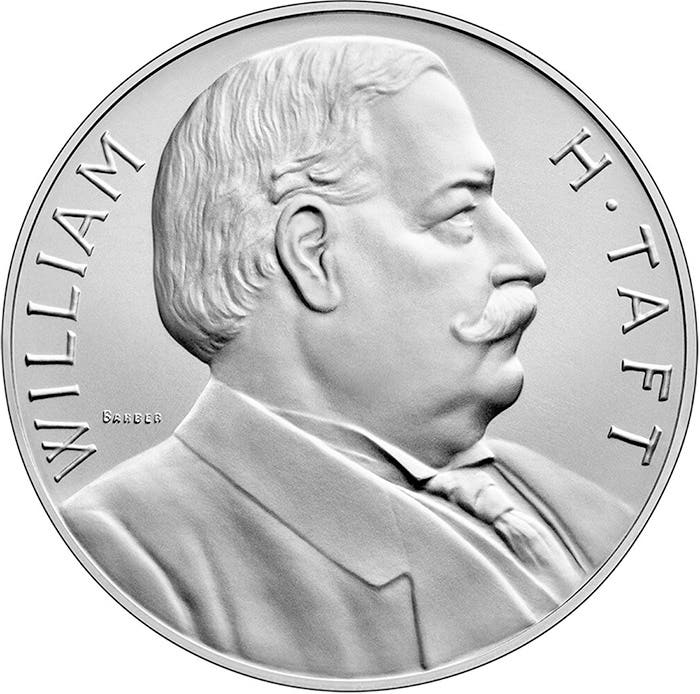What four words are on all U.S. coins?
Trick question: What four words appear on all U.S. coins? Easy. “United States of America.” If you said “In God We Trust,” gotcha! That didn’t make our coins until the…
Trick question: What four words appear on all U.S. coins?
Easy. “United States of America.” If you said “In God We Trust,” gotcha! That didn’t make our coins until the 1864 two-cent piece – a long time after we started striking coins. Go forth and win a few bar bets.
What were some of the methods used to apply a silver wash on ancient coins?
First of all, “wash” is a misnomer that has persisted into today’s numismatic language. It is one of many examples of the use of evasions to camouflage possibly unpopular methods of coin manufacture. The proper term in most cases would be “plated,” a term most often associated with base metal coins covered with a very thin plating of bullion to give the piece a false value.
It is said that the breaking of a crucible was the cause for halting the production of the Mormon gold coins. Why would this make any difference?
A crucible was a vessel made of fired clay that was used to hold the metal being smelted or alloyed, capable of withstanding the very high temperatures needed to melt the metal. It was not an item found just anywhere in the West, and there was no way that it could be patched or another made.
You once published a picture of Chet Krause holding one of the 1974 aluminum cents that were shown to Congress. Did he get to keep it? What happened to it?
You have a great memory. He and the coin were photographed at a congressional hearing, and the coin stayed behind.
I know the Mint is using chromium-plated dies for striking proof coins, but hadn’t the Mint used plated dies before that?
The first evidence of use of chrome-plated dies at the United States Mint is 1928. Then as now, the purpose was to improve the wearing qualities of the dies. However, I believe that the chroming was discontinued shortly after 1928 and not resumed until 1974, when the proof quarter, half, and dollar dies were chromed.
Does the Mint do all of its own die manufacturing?
The general answer is yes. However, there have been times in the past when the work on some dies has been done by outside firms, including some of the commemorative coin dies, and the first chrome-plated proof dies were plated outside the Mint. In the early days, the completed dies were shipped to the branch mints where they were turned in a lathe to fit the particular press they would be used in, and then they were hardened. Now, all of that is done at Philadelphia and Denver, but the proof dies sent to San Francisco were polished and prepared for use.
This article was originally printed in Numismatic News Express. >> Subscribe today
If you like what you've read here, we invite you to visit our online bookstore to learn more about Strike It Rich With Pocket Change.
NumismaticNews.net is a participant in the Amazon Services LLC Associates Program, an affiliate advertising program designed to provide a means for sites to earn advertising fees by advertising and linking to Amazon.com and affiliated websites.


